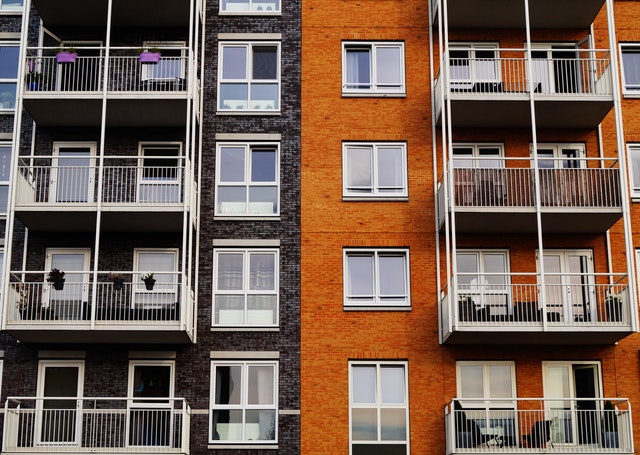Are Multi-Unit Properties the Right Move for You?
 Real estate isn’t a one-size-fits-all pursuit. Buying and renting multi-unit properties is one of the ways investors build residual income while increasing their property portfolios. However, multi-unit rentals come with some unique challenges. Are you ready to manage a multi-unit rental property?
Real estate isn’t a one-size-fits-all pursuit. Buying and renting multi-unit properties is one of the ways investors build residual income while increasing their property portfolios. However, multi-unit rentals come with some unique challenges. Are you ready to manage a multi-unit rental property?
Ask yourself these questions to help you decide which path best fits your resources, goals, and interests.
Do You Plan To Live On The Property?
Living in one of your rental units offers a myriad of benefits. First, you get to keep a close eye on building conditions and the actions of your renters. Next, you’ll be able to respond quickly to an emergency. Last, you won’t have to pay extra for your own living quarters. You won’t have this option with single-occupancy properties.
Will You Work With A Property Management Company?
If you are more of a hands-off investor, a property management company makes owning properties simple. Their staff will collect the rents, respond to requests for maintenance and repairs, and take care of all the paperwork that comes along with rental units.
All you need to do is collect your portion of the payments and keep up with your bank loans. You can still work with a property management company if you opt for single-family properties. However, it may not be the most cost-effective solution in that situation.
Are Market Conditions In Your Area Changing Quickly?
When rental prices go up, it can be difficult for investors to take advantage. Long-term occupants may balk at the idea of paying more for the same property. With multi-unit buildings, you can raise prices as tenants vacate. In this way, you can keep your current occupants happy without sacrificing potential profits.
Are You Looking For More Ways To Increase Your Income?
Multi-unit properties are a unique opportunity for enterprising investors. Rent out space under stairways or in common areas to vending machine companies. Your residents get convenient snacks and you earn a little extra cash each month. A coin-operated laundry room is another addition that adds value for your residents while increasing your own payouts.
Managing a multi-unit building means more paperwork, maintenance, and marketing. However, the potential profits might be worth it. Take some time to review your own goals and abilities before committing to a purchase.
Be sure to consult with your trusted real estate and mortgage professionals to find out more information about purchasing multi-unit rentals.

 Atlanta, Charlotte, New York and Los Angeles are always on the real estate radar because of big ticket sales and good media coverage. The secondary markets – those markets without the celebrity undertones – may actually be better deals. With the price of borrowing money rising and occupation rates dropping in primary markets, places like Nashville and Birmingham are looking better to investors.
Atlanta, Charlotte, New York and Los Angeles are always on the real estate radar because of big ticket sales and good media coverage. The secondary markets – those markets without the celebrity undertones – may actually be better deals. With the price of borrowing money rising and occupation rates dropping in primary markets, places like Nashville and Birmingham are looking better to investors. Home price growth slowed to its lowest rate in 20 months according to the 20-City Home Price Index issued by Case-Shiller. After years of dismal readings, Las Vegas, Nevada led the cities included in the index.
Home price growth slowed to its lowest rate in 20 months according to the 20-City Home Price Index issued by Case-Shiller. After years of dismal readings, Las Vegas, Nevada led the cities included in the index. Home builder confidence in national housing market conditions rose one index point for a reading of 68 in October. Readings over 50 indicate that most builders are confident about market conditions. Rolling three-month averages showed mixed results. The Northeastern region gained three points for an index reading of 57; the Midwestern region lost two index points with a reading of 57 and the Southern region posted a gain of one point with a reading of 70. The Western region held steady at 74.
Home builder confidence in national housing market conditions rose one index point for a reading of 68 in October. Readings over 50 indicate that most builders are confident about market conditions. Rolling three-month averages showed mixed results. The Northeastern region gained three points for an index reading of 57; the Midwestern region lost two index points with a reading of 57 and the Southern region posted a gain of one point with a reading of 70. The Western region held steady at 74. The record-setting pace of the U.S. economy continues to positively impact the housing market and home foreclosures now stand at an astonishing 12-year low.
The record-setting pace of the U.S. economy continues to positively impact the housing market and home foreclosures now stand at an astonishing 12-year low.